php editor Banana has brought a guide on the PHP CI/CD novice tutorial, which will introduce in detail how to deploy step by step. CI/CD (Continuous Integration/Continuous Deployment) is an important practice in modern software development, enabling faster delivery, higher quality, and lower risk. Through this tutorial, readers will learn how to use CI/CD tools to automatically build, test and deploy PHP applications, making the development process more efficient and stable.
Continuous Integration and Continuous Delivery (CI/CD) is a set of best practices for automating the software development process to enable more frequent, more reliable deployments. For PHP developers, the CI/CD pipeline can significantly improve efficiency and code quality. This article walks you through setting up a basic php CI/CD pipeline using jenkins and GitHub Actions.
Step 1: Set up Jenkins
Jenkins is a popular CI/CDserver. First, install Jenkins on your server. You can visit the official Jenkins website for download and installation instructions.
Step 2: Set up GitHub repository
Create a newgitHub repository to store your PHP code. Make sure to add a .gitignore file to exclude files that should not be committed to the repository, such as the vendor/ directory.
Step 3: Create a Jenkins job
Log in to your Jenkins dashboard and create a new job. Select "Freestyle project" and configure the following options:
- Project name:Enter the name of the job
- SCM:Select "Git" and enter your GitHub repository URL
- Build trigger: Select "Poll SCM" and set the polling frequency (for example, every 5 minutes)
- Build steps: Add the following build steps:
- sh "composer install"
- sh "phpunit"
- sh "
- Docker build -t my-php-image ."
Step 4: Connect Jenkins and GitHub
In GitHub's Settings tab, go to Integrations. Then, find the Jenkins integration and click Add. Enter your Jenkins URL and authorize Jenkins to access your GitHub repository.
Step 5: Set up GitHub Actions
GitHub Actions is the CI/CD platform provided by GitHub. In your GitHub repository, create a new workflow file.github/workflows/ci.yml. Add the following:
on: [push] jobs: build: runs-on: ubuntu-latest steps: - uses: actions/checkout@v2 - uses: actions/setup-php@v2 with: php-version: "7.4" - run: composer install - run: phpunit - run: docker build -t my-php-image .
Step 6: Trigger the CI/CD pipeline
Push some changes to your GitHub repository. Jenkins and GitHub Actions should automatically trigger your CI/CD pipeline.
Step 7: Deploy to production environment
Once your CI/CD pipeline completes successfully, you can deploy your code to production manually or automatically. For example, you can use Jenkins' Dockerplugin to deploy a built Docker image to a kubernetes cluster.
Best Practices
For best CI/CD practices, follow these recommendations:
- Use a version control system to track your code changes.
- Automate all build,
- test and deployment steps. Set up unit tests and integration tests to verify code quality.
- Regularly review and update your CI/CD pipeline.
in conclusion
By following thistutorial, you can set up a basic PHP CI/CD pipeline for automated code deployment. CI/CD will improve your development productivity and code quality through more frequent, more reliable deployments. You can get the most from CI/CD by continually refining your pipeline and following best practices.
The above is the detailed content of PHP CI/CD Beginner's Tutorial: Step-by-Step Deployment. For more information, please follow other related articles on the PHP Chinese website!
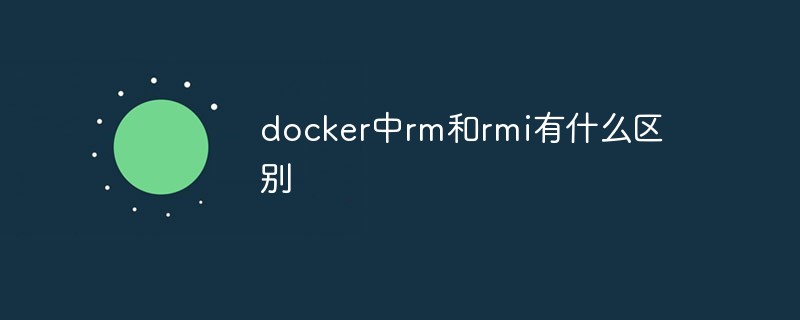 docker中rm和rmi有什么区别Jul 14, 2022 am 11:02 AM
docker中rm和rmi有什么区别Jul 14, 2022 am 11:02 AMdocker中rm和rmi的区别:rm命令用于删除一个或者多个容器,而rmi命令用于删除一个或者多个镜像;rm命令的语法为“docker rm [OPTIONS] CONTAINER [CONTAINER...]”,rmi命令的语法为“docker rmi [OPTIONS] IMAGE [IMAGE...]”。
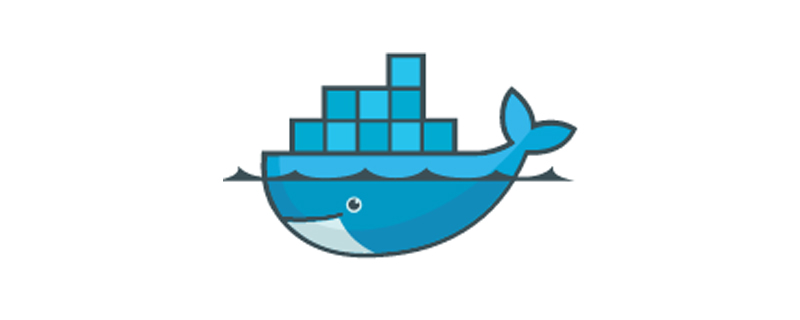 docker官方镜像有哪些May 12, 2022 pm 02:23 PM
docker官方镜像有哪些May 12, 2022 pm 02:23 PMdocker官方镜像有:1、nginx,一个高性能的HTTP和反向代理服务;2、alpine,一个面向安全应用的轻量级Linux发行版;3、busybox,一个集成了三百多个常用Linux命令和工具的软件;4、ubuntu;5、PHP等等。
 docker是免费的吗Jul 08, 2022 am 11:21 AM
docker是免费的吗Jul 08, 2022 am 11:21 AMdocker对于小型企业、个人、教育和非商业开源项目来说是免费的;2021年8月31日,docker宣布“Docker Desktop”将转变“Docker Personal”,将只免费提供给小型企业、个人、教育和非商业开源项目使用,对于其他用例则需要付费订阅。
 docker容器重启后数据会丢吗Jun 17, 2022 am 10:41 AM
docker容器重启后数据会丢吗Jun 17, 2022 am 10:41 AMdocker容器重启后数据会丢失的;但是可以利用volume或者“data container”来实现数据持久化,在容器关闭之后可以利用“-v”或者“–volumes-from”重新使用以前的数据,docker也可挂载宿主机磁盘目录,用来永久存储数据。
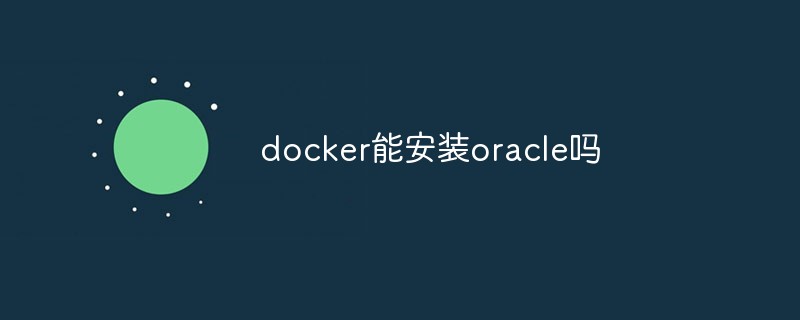 docker能安装oracle吗Jul 08, 2022 pm 04:07 PM
docker能安装oracle吗Jul 08, 2022 pm 04:07 PMdocker能安装oracle。安装方法:1、拉取Oracle官方镜像,可以利用“docker images”查看镜像;2、启动容器后利用“docker exec -it oracle11g bash”进入容器,并且编辑环境变量;3、利用“sqlplus /nolog”进入oracle命令行即可。
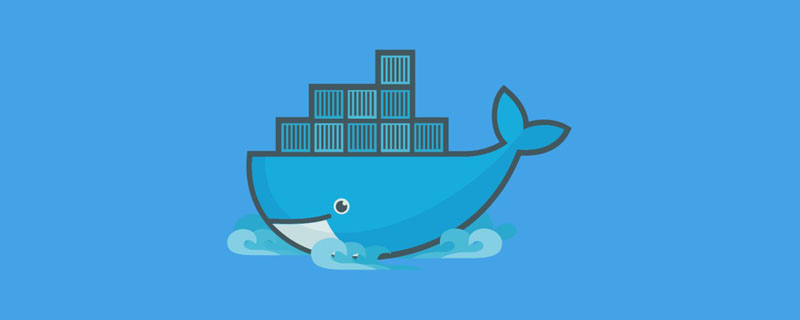 什么是docker最早支持的存储引擎May 12, 2022 pm 03:27 PM
什么是docker最早支持的存储引擎May 12, 2022 pm 03:27 PMAUFS是docker最早支持的存储引擎。AUFS是一种Union File System,是文件级的存储驱动,是Docker早期用的存储驱动,是Docker18.06版本之前,Ubuntu14.04版本前推荐的,支持xfs、ext4文件。
 docker存储空间不足怎么办Jul 22, 2022 pm 03:44 PM
docker存储空间不足怎么办Jul 22, 2022 pm 03:44 PM解决方法:1、停止docker服务后,利用“rsync -avz /var/lib/docker 大磁盘目录/docker/lib/”将docker迁移到大容量磁盘中;2、编辑“/etc/docker/daemon.json”添加指定参数,将docker的目录迁移绑定;3、重载和重启docker服务即可。
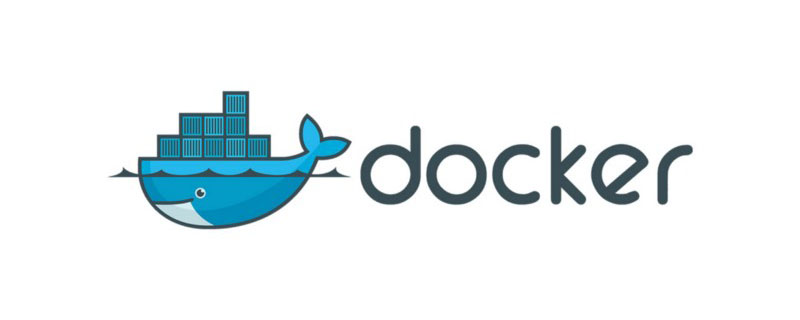 docker容器管理ui有哪些May 11, 2022 pm 03:39 PM
docker容器管理ui有哪些May 11, 2022 pm 03:39 PM容器管理ui工具有:1、Portainer,是一个轻量级的基于Web的Docker管理GUI;2、Kitematic,是一个GUI工具,可以更快速、更简单的运行容器;3、LazyDocker,基于终端的一个可视化查询工具;4、DockStation,一款桌面应用程序;5、Docker Desktop,能为Docker设置资源限制,比如内存,CPU,磁盘镜像大小;6、Docui。


Hot AI Tools

Undresser.AI Undress
AI-powered app for creating realistic nude photos

AI Clothes Remover
Online AI tool for removing clothes from photos.

Undress AI Tool
Undress images for free

Clothoff.io
AI clothes remover

AI Hentai Generator
Generate AI Hentai for free.

Hot Article

Hot Tools

EditPlus Chinese cracked version
Small size, syntax highlighting, does not support code prompt function

ZendStudio 13.5.1 Mac
Powerful PHP integrated development environment

Safe Exam Browser
Safe Exam Browser is a secure browser environment for taking online exams securely. This software turns any computer into a secure workstation. It controls access to any utility and prevents students from using unauthorized resources.

Dreamweaver Mac version
Visual web development tools

VSCode Windows 64-bit Download
A free and powerful IDE editor launched by Microsoft






